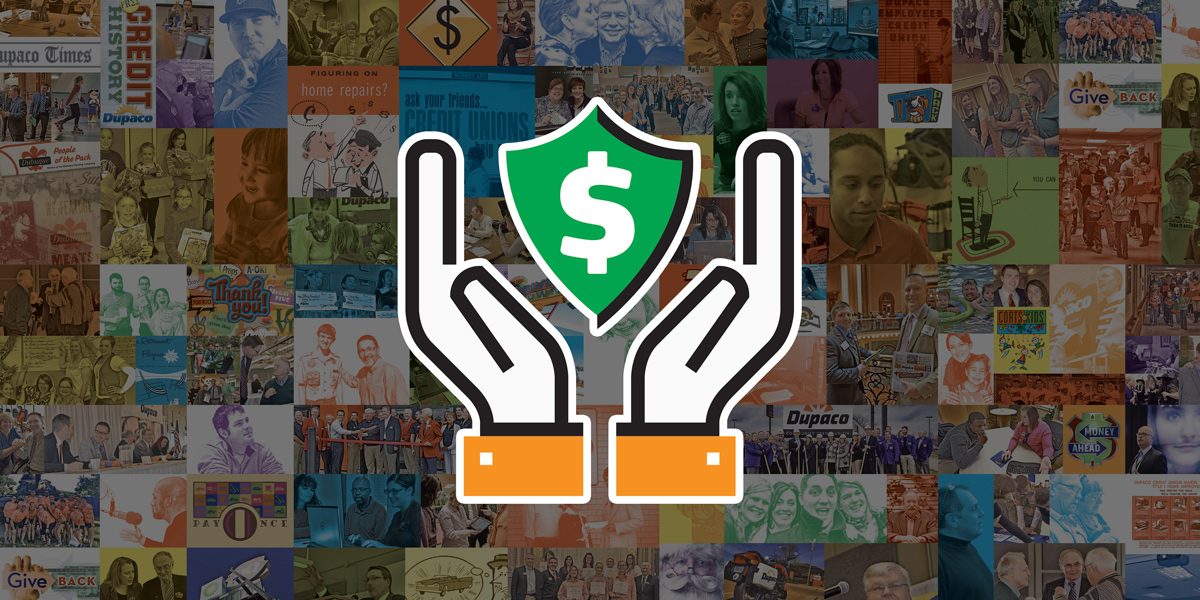
Why you should stop using payment apps to store cash
Are you carrying a Venmo balance? How about Zelle? Cash App or PayPal?
More than 75% of U.S. adults have used some form of payment app, which goes up to 85% for consumers under age 29, according to data from The Pew Research Center.
We get how it happens.
You go out for a celebratory dinner with a group of friends. But only a few of you have cash, so you offer to put the whole tab on your credit card. You might as well snag those rewards, right? And then over the next few days (or, hopefully, immediately), your friends transfer the money they owe you into your account …
But then life goes on. And there’s a chance you forget that money is even there. Or you may even start to view your app as a little slush fund for a vacation or “mad money” since you’ve already paid the credit card bill.
The thing is, it’s a problem.
The payment app problem
It’s such a big problem that the Consumer Financial Protection Bureau issued a warning in June that users are leaving balances totaling billions of dollars in the apps themselves rather than transferring those funds back to their accounts at credit unions or banks.
The big issue is that these funds (your money!) are not insured while in the hands of the apps. And, as we saw earlier this year with a spate of bank failures (remember Silicon Valley Bank and Signature Bank?), that is a potential danger.
“Deposit insurance coverage would only apply to funds which are held on deposit at an FDIC-insured bank or NCUA-insured credit union in the unlikely event of a failure. If the consumers’ funds have not been deposited into an account at the bank or credit union, then those funds would not be eligible for deposit insurance coverage,” the CFPB advised.
Unfortunately, consumers use these apps as if they are banks or credit unions—without a second thought about the consequences.
“Popular digital payment apps are increasingly used as substitutes for a traditional bank or credit union account but lack the same protections to ensure that funds are safe,” said CFPB Director Rohit Chopra. “As tech companies expand into banking and payments, the CFPB is sharpening its focus on those that sidestep the safeguards that local banks and credit unions have long adhered to.”
Curious how much coverage you have at Dupaco? You can use this Share Insurance Estimator—and find answers to other questions you might have.
What should you do?
The question is: What do you do now?
We get it (and we’re with you, btw)—you’re not going to stop using these apps.
In 2022, approximately $893 billion was transferred on various apps. And that number is projected to reach about $1.6 trillion by 2027, according to data from The Consumer Financial Protection Bureau.
That’s because they’ve made it ridiculously easy to transfer money and pay for myriad things.
No matter which app you’re using, you don’t have to write a check or carry large amounts of cash. Just tap a few times on the screen, and a deposit or withdrawal will be immediately reflected in your account.
The point to keep in mind: Don’t maintain a balance. And while you’re at it, you’ll want to follow some safety guidelines:
Enjoy convenient access to your money with a checking account >
Never share your login info
Ten percent of all payment app users say they’ve fallen victim to a scam, according to data from the Pew Research Center.
How do you keep your login information as safe as possible? Don’t use the same username or password for multiple websites (and please don’t use “password” as your password).
Choose a password with at least 15 to 20 characters, including letters, numbers and symbols (the strongest ones are typically a string of unrelated words).
Don’t share your password with others. Use a password manager (your browser likely comes with one). And opt for multi-factor authentication.
Strengthen your passwords with these tips >
Understand the rules of payment app transfers
There’s usually no fraud protection with payment apps (there is zero-liability protection with your credit card typically).
That means you can’t cancel the transfer in a payment app if you accidentally transfer your money to the wrong person (or to a scammer).
Tune in to payment app financials
Think about who benefits from all that money that you leave inside your payment app. The company that owns that app is making their own money on it by investing it.
As the CFPB reports: “Some payment app companies invest users’ funds in loans and bonds. The company profits, in part, by earning money on these investments and generally paying no interest on users’ balances. Thus, the payment app companies have a strong financial incentive to keep customer funds on the platform and not automatically sweep them back to the customer’s linked bank or credit union account.
“User agreements for these payment apps are often confusing, murky or even silent on exactly where consumer funds are being held or invested, whether and under what conditions they are insured at a partner bank, and what would happen if the payment app company or the entity holding the funds were to fail.”
Finally, stay tuned
To combat many of these issues with payment apps, many states are looking to enact policies to ensure that app providers can meet their financial obligations to customers should the worst happen.
But these new laws are merely ideas right now. And they vary from state to state.
So, for now, it’s up to you to transfer your funds out of apps and put them into an insured account.
Even better, transfer it to an account that’s earning an above-average dividend rate. Consider it one more good money habit to incorporate into your daily money routine!



